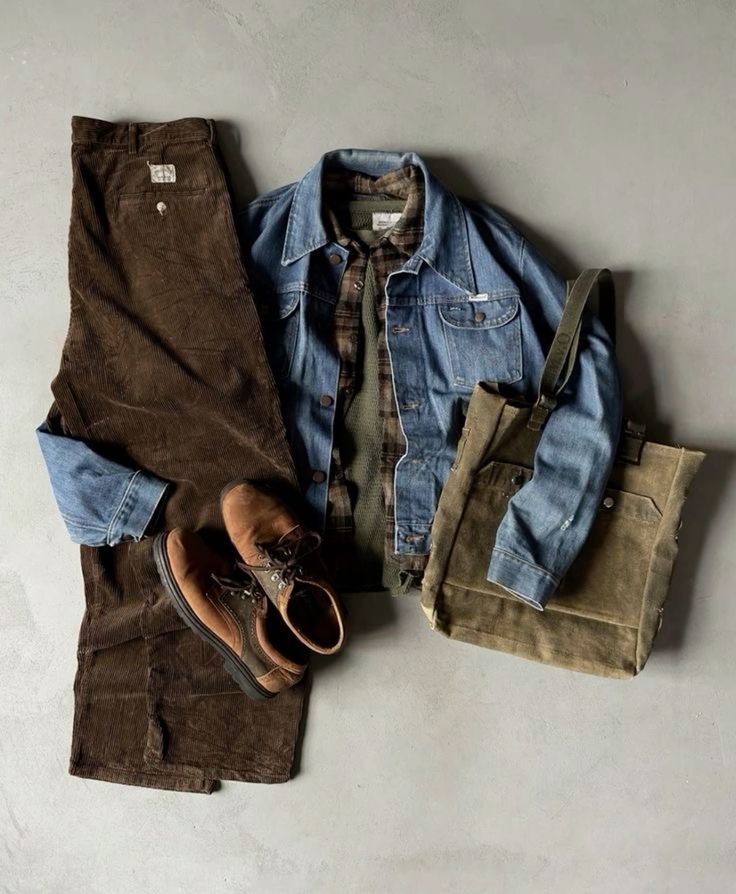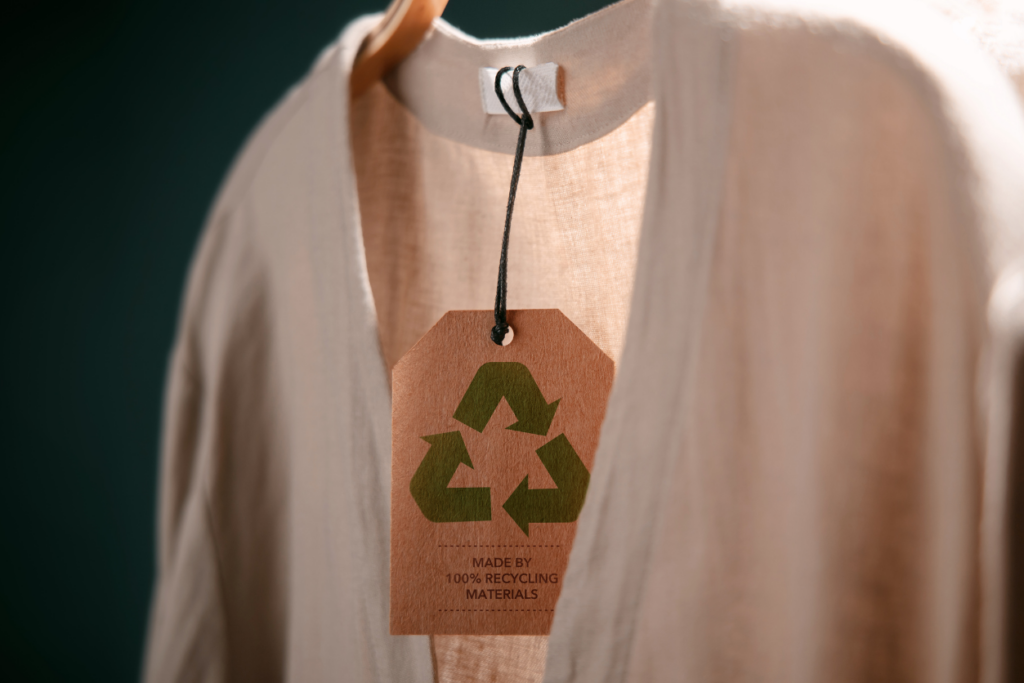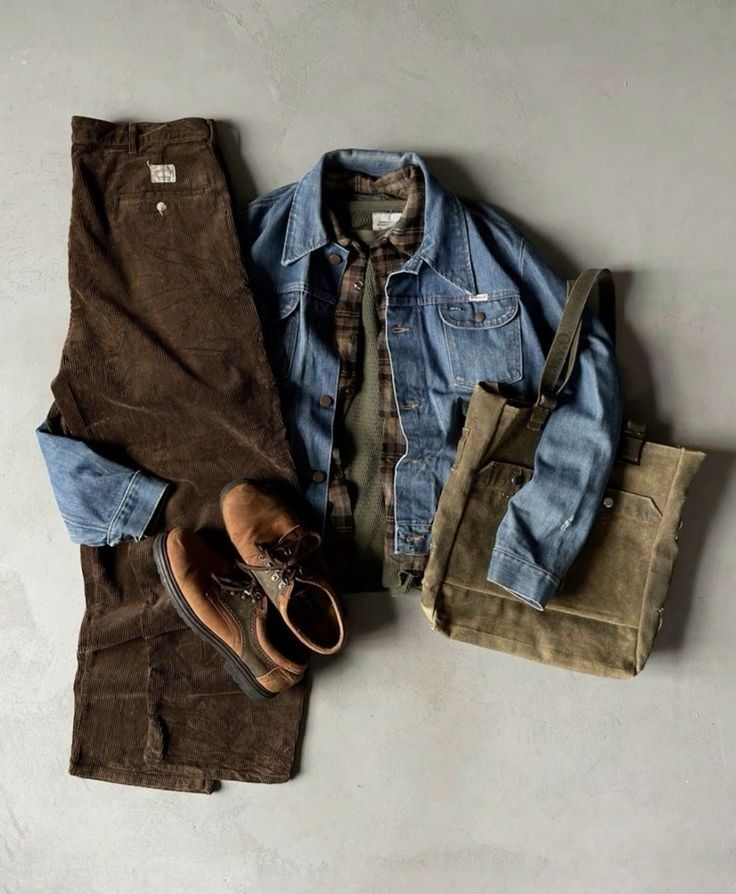Streetwear, once a niche subculture rooted in skateboarding and hip-hop, has evolved into a global phenomenon that has profoundly influenced the fashion industry. This influence extends far beyond clothing designs and styling; it has also significantly impacted textile trends, driving demand for innovative fabrics, bold patterns, and unique textures. As streetwear continues to shape the fashion landscape, understanding its impact on textile trends is crucial for designers, manufacturers, and fashion enthusiasts alike.

The Rise of Streetwear and Its Cultural Significance
Streetwear emerged in the late 20th century as a reflection of urban youth culture, blending elements from skateboarding, punk, hip-hop, and sportswear. Initially characterized by its casual and comfortable aesthetic, streetwear has since become a dominant force in fashion, embraced by luxury brands and high-fashion designers.
The cultural significance of streetwear lies in its roots in self-expression, rebellion, and authenticity. It challenges traditional fashion norms, emphasizing individuality and the blending of high and low fashion. This cultural shift has influenced textile trends by pushing the boundaries of what fabrics and designs can achieve.
Key Textile Trends Driven by Streetwear
1. Innovative Fabric Blends
Streetwear has popularized the use of innovative fabric blends that combine functionality with style. Technical fabrics, often seen in sportswear, have become a staple in streetwear, offering durability, comfort, and a modern aesthetic. Materials like nylon, spandex, and Gore-Tex are frequently used in streetwear to create garments that are not only fashionable but also practical.
The blending of traditional textiles with performance fabrics has led to the rise of hybrid materials that offer both style and utility. This trend has encouraged textile manufacturers to experiment with new blends, resulting in fabrics that are lightweight, breathable, and water-resistant, all while maintaining a sleek appearance.
2. Bold Patterns and Graphics

Streetwear is known for its bold patterns, graphics, and logos, which have become iconic elements of the style. From camouflage prints to oversized logos, these designs make strong visual statements and are often used to convey a brand’s identity or cultural message.
The influence of streetwear on textile trends has led to an increased demand for fabrics that can accommodate these bold designs. High-quality printing techniques and vibrant color palettes are essential for producing the eye-catching graphics that define streetwear. As a result, textile firms are continuously exploring advanced printing technologies to keep up with the demand for striking, high-impact fabrics.
For a broader understanding of how global trends are shaping the textile industry, check out our blog on Global Trends in the Textile Industry: An Overlook.
3. Textured Fabrics
Texture plays a crucial role in streetwear, where materials like denim, fleece, and corduroy are favored for their tactile qualities. These fabrics not only add depth to the design but also enhance the overall aesthetic by creating a sense of ruggedness or coziness, depending on the look.
The demand for textured fabrics in streetwear has influenced textile trends by encouraging the production of materials that offer a distinct feel and appearance. Whether it’s the softness of a well-worn hoodie or the durability of a pair of jeans, texture is a key component of streetwear’s appeal.
4. Sustainable and Ethical Textiles

As streetwear brands become more aware of their environmental impact, there has been a growing trend towards the use of sustainable and ethical textiles. Organic cotton, recycled polyester, and eco-friendly dyeing processes are increasingly popular in streetwear collections, reflecting the values of a more environmentally conscious consumer base.
This shift towards sustainability is not only influencing textile trends but also driving innovation in fabric production. Textile firms are exploring new ways to create materials that are both stylish and sustainable, ensuring that they meet the demands of the modern streetwear market.
To stay ahead in the ever-changing textile industry, read our blog on Staying Ahead in the Textile Industry: Trends and Insights.
The Role of Technology in Streetwear Textiles
Technology plays a vital role in the evolution of streetwear textiles. Advances in fabric technology, such as moisture-wicking and temperature-regulating materials, have made streetwear more functional and comfortable. Additionally, artificial intelligence (AI) is being leveraged to predict color trends and design preferences, allowing brands to stay ahead of the curve.
AI-driven tools help textile firms analyze consumer data and forecast upcoming trends, ensuring that their products resonate with the target audience. By using AI for color prediction and trends analysis, brands can create collections that align with the latest streetwear aesthetics.
For more insights into how AI is shaping textile trends, explore our blog on How Textile Firms Can Leverage AI for Color Prediction and Trends Analysis.
Conclusion: Embracing the Influence of Streetwear with Locofast
The influence of streetwear on textile trends is undeniable, driving innovation in fabrics, patterns, and production methods. As streetwear continues to evolve, it will undoubtedly push the boundaries of textile design, inspiring new trends that blend style, functionality, and sustainability.
At Locofast, we understand the importance of staying ahead in the dynamic textile industry. Our extensive network of suppliers and cutting-edge technologies ensures that you have access to the latest trends and high-quality fabrics that meet the demands of the streetwear market. Visit Locofast today to discover how we can help you incorporate streetwear-inspired textiles into your next collection and stay ahead in the competitive fashion landscape.
